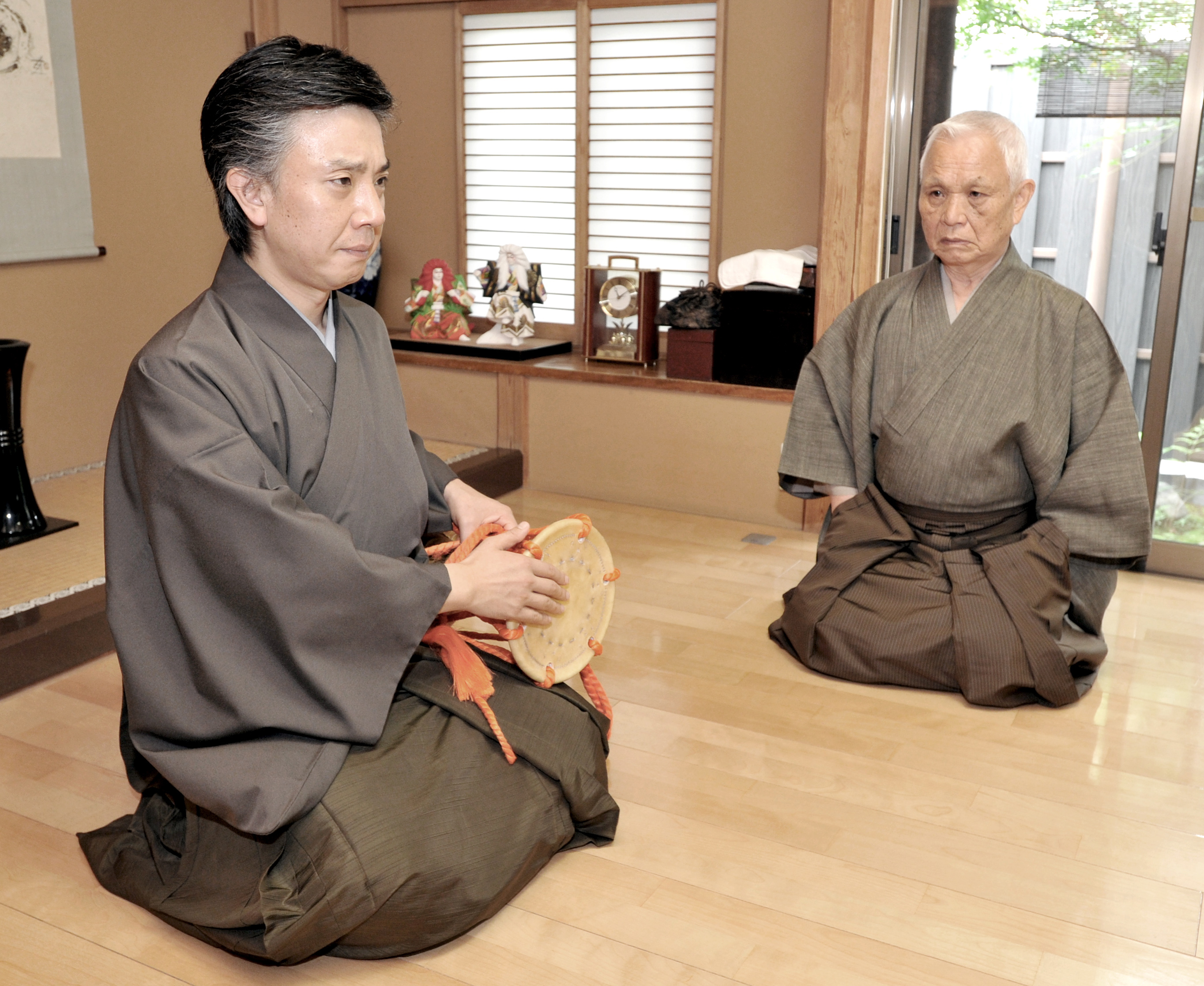Japan's musical dance-theater form known as noh was honed to its sublime simplicity in the 14th century by a father and son named Kan'ami and Zeami, and since then it has changed very little.
Performed on a roofed stage with open sides and posts at its four corners, noh involves just a few actors supporting a masked shite (central character), a chorus, and musicians who play a flute (fue), hip-drum (ootsuzumi), shoulder-drum (kotsuzumi) and a taiko drum.
In this highly codified performing art every role is crucial, and among ootsuzumi players the designated Living National Treasure Tadao Kamei, and his son, Hirotada Kamei, are renowned for their dignified and deeply emotional expression.


















With your current subscription plan you can comment on stories. However, before writing your first comment, please create a display name in the Profile section of your subscriber account page.